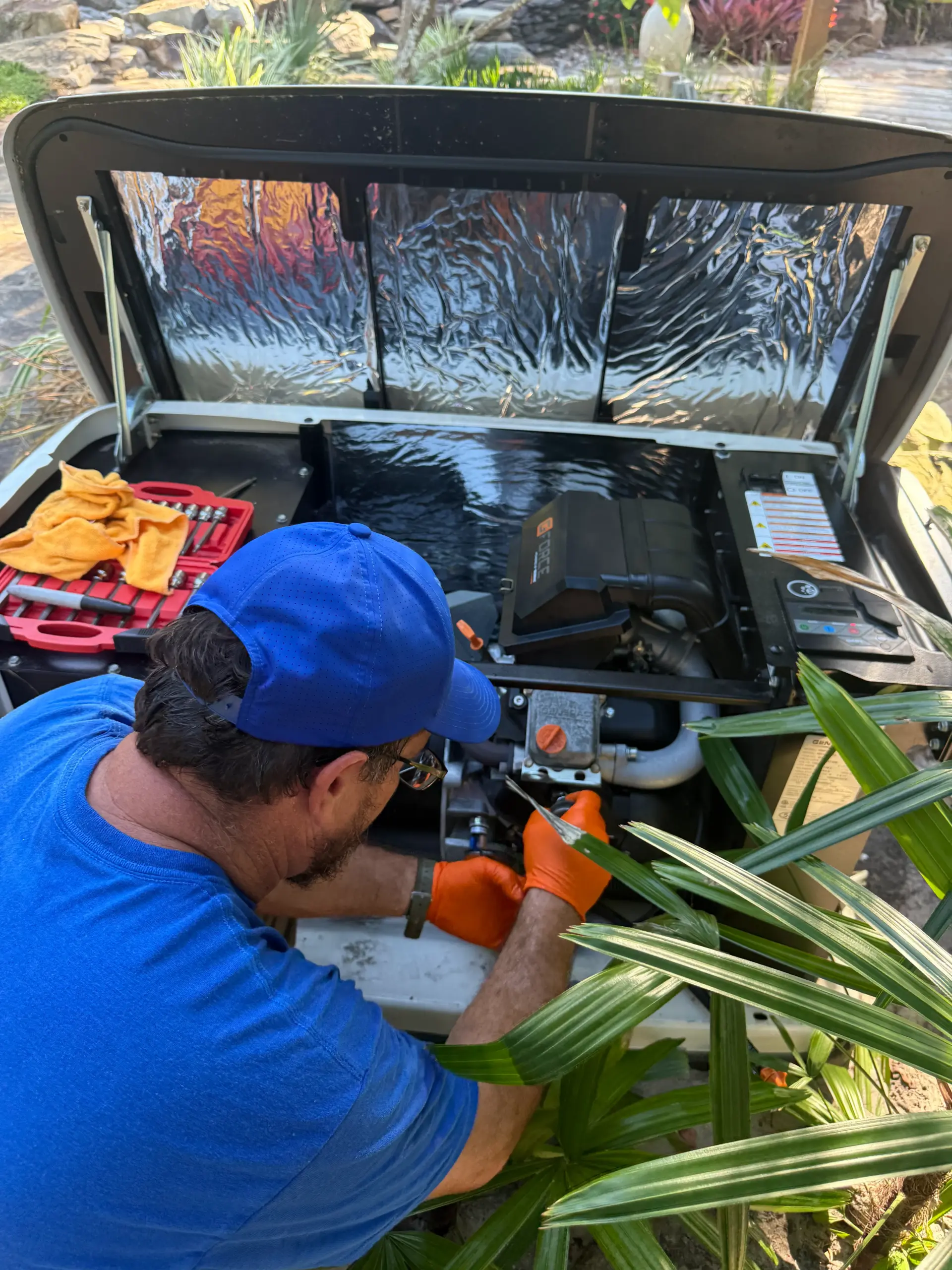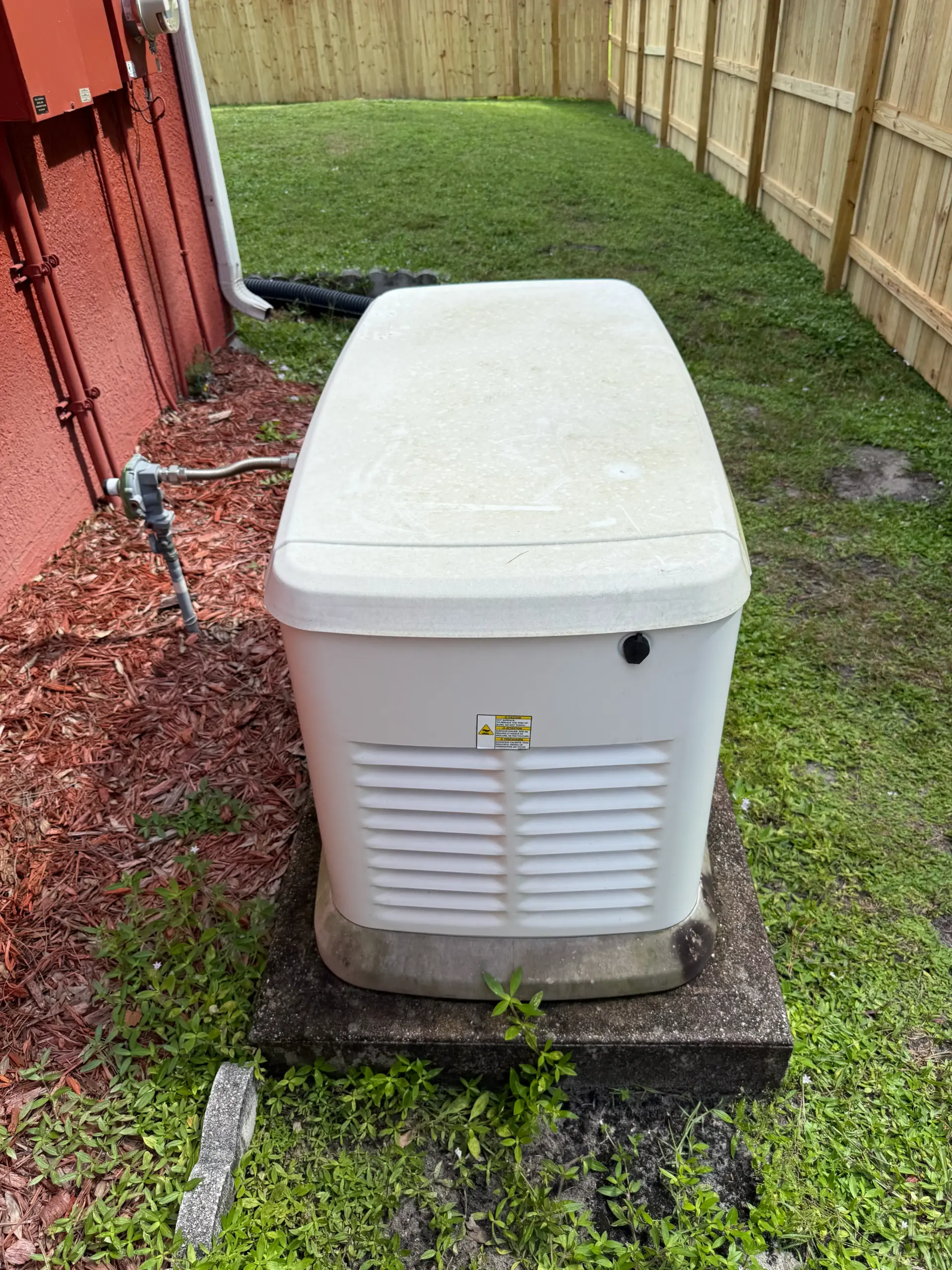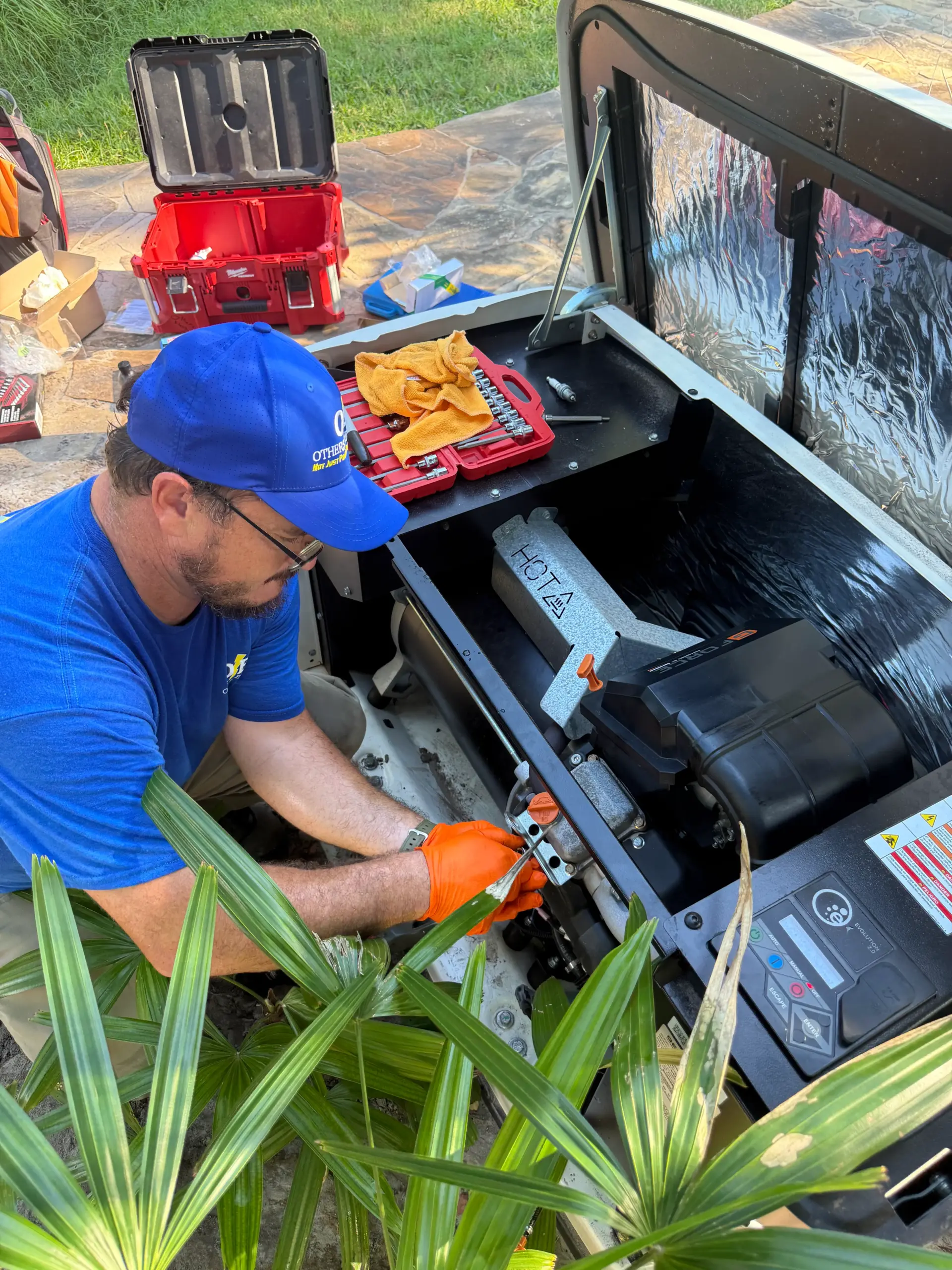You might be wondering why are so many EV chargers broken. Electric vehicles (EVs) are rapidly becoming a vital part of modern transportation, offering a cleaner and more sustainable alternative to traditional internal combustion engine vehicles. As EV adoption grows, so does the demand for reliable charging infrastructure. However, one issue frequently encountered by EV owners is broken or malfunctioning chargers. This problem can be frustrating and may even deter potential buyers from making the switch to electric. Understanding why so many EV chargers are broken requires a deep dive into the factors contributing to their unreliability, including maintenance challenges, technological issues, and broader systemic shortcomings.

The Complexity of EV Chargers
EV chargers are not simple devices. They are sophisticated pieces of technology that manage the transfer of electricity from the grid to the vehicle, ensuring safety, efficiency, and compatibility. Depending on the charger level, these devices can include components like high-capacity circuits, communication modules, cooling systems, and user interfaces.
This complexity increases the likelihood of malfunctions. Even a minor component failure, such as a broken touchscreen or a damaged connector, can render an entire charging station unusable. Furthermore, the rapid pace of technological advancements means that older chargers may become outdated or incompatible with newer EV models, further exacerbating the problem.
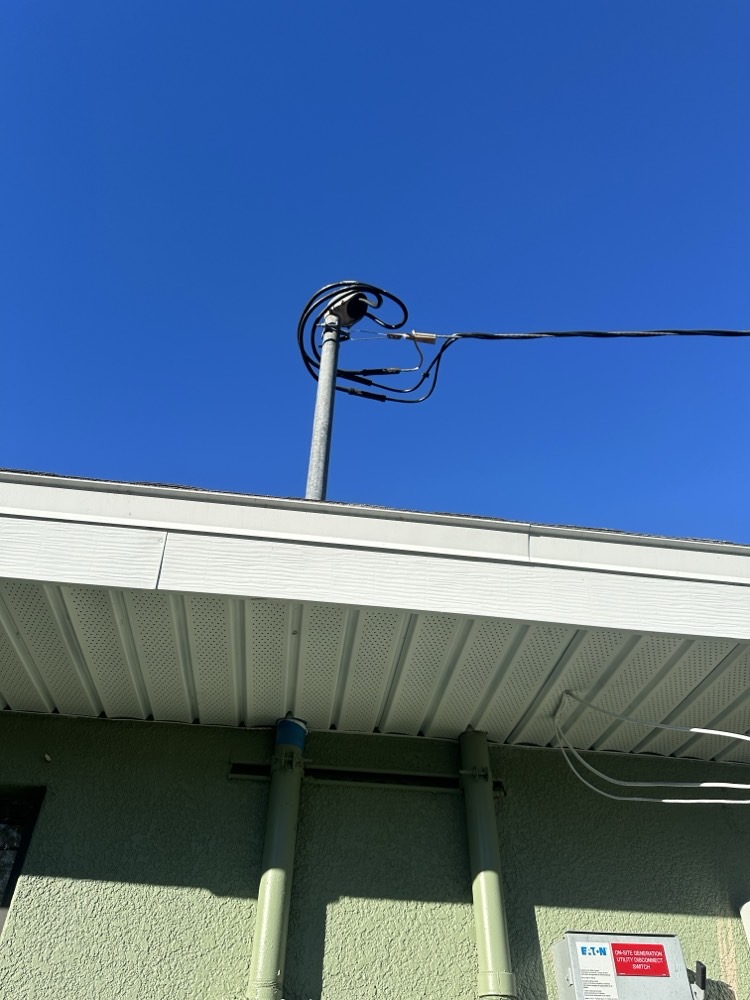
Maintenance and Upkeep Challenges
One of the primary reasons for broken EV chargers is insufficient maintenance. Unlike gas stations, which are staffed and regularly serviced, most EV charging stations operate without on-site personnel. This reliance on remote monitoring systems can delay the identification and resolution of issues.
Public charging networks often consist of thousands of stations spread across vast geographic areas, making it challenging to ensure consistent maintenance. Some charging providers may not have the resources or logistical capacity to perform regular inspections and repairs. Additionally, chargers installed in remote or low-traffic areas may receive less attention due to their limited usage.
Vandalism and Physical Damage
Vandalism is another significant contributor to the prevalence of broken chargers. As public charging stations are typically unattended, they are vulnerable to damage from malicious acts, such as cutting cables, smashing screens, or tampering with connectors. Even minor incidents, such as graffiti or misplaced trash, can disrupt the charging process and lead to prolonged downtime.
Beyond intentional damage, chargers are also exposed to wear and tear from regular use. Heavy usage, particularly at high-traffic locations, can cause physical components like cables, plugs, and mounts to degrade over time. Environmental factors, including extreme temperatures, rain, snow, and humidity, can further accelerate this wear.
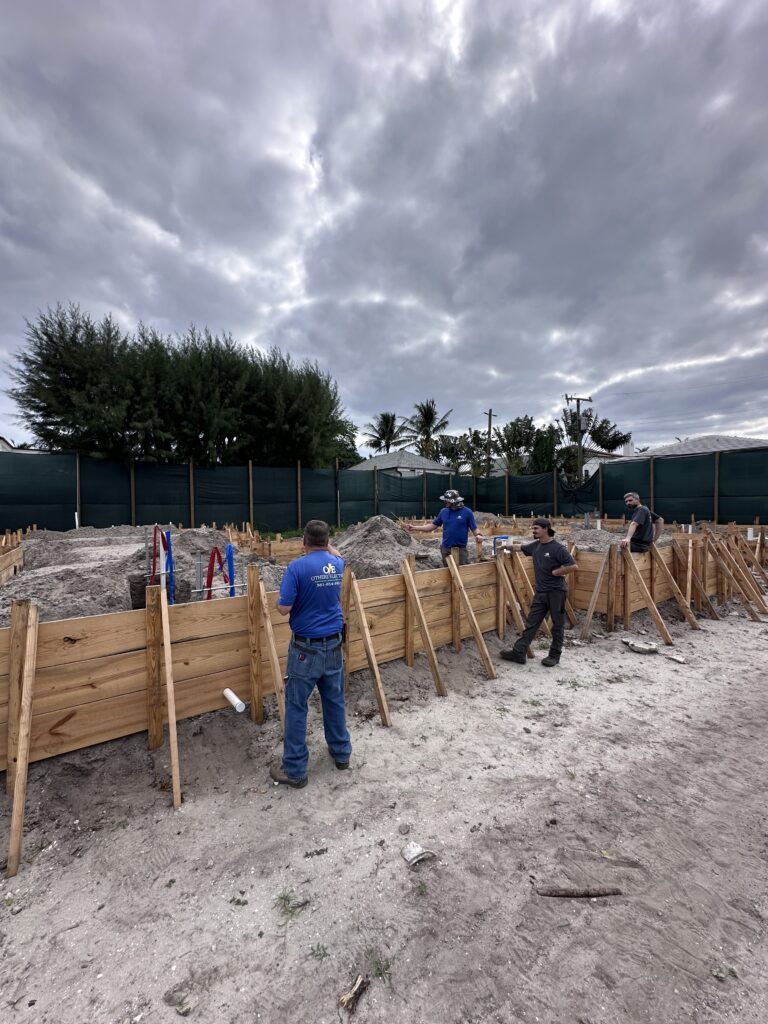
Connectivity and Software Issues
Modern EV chargers often rely on sophisticated software to communicate with vehicles, payment systems, and central networks. While these features offer significant benefits, they also introduce potential points of failure. Connectivity issues, such as poor cellular or Wi-Fi signals, can prevent chargers from processing payments, verifying user credentials, or delivering updates.
Software glitches or outdated firmware can lead to a variety of problems, ranging from slow charging speeds to complete system shutdowns. Additionally, compatibility issues between chargers and specific EV models may arise, particularly if the charging station’s software has not been updated to accommodate newer vehicles.
Funding and Investment Gaps
The development and maintenance of EV charging infrastructure require significant financial investment. While government incentives and private-sector initiatives have spurred the expansion of charging networks, funding gaps persist. Some charging operators may struggle to allocate resources for routine maintenance, repairs, or upgrades, particularly in regions where EV adoption rates are still relatively low.
Inadequate funding can result in a lack of spare parts, limited availability of trained technicians, and delays in addressing reported issues. Without sufficient investment, the quality and reliability of charging infrastructure may suffer, perpetuating the cycle of broken chargers.

User Behavior and Misuse
User behavior also plays a role in the condition of EV chargers. Some EV owners may improperly handle charging cables, leading to frayed wires or damaged connectors. Others may leave trash or other debris around charging stations, obstructing access or causing operational issues.
Inexperienced users, unfamiliar with the charging process, may inadvertently contribute to equipment damage by forcing connectors into incompatible ports or mishandling chargers. Clear instructions and user-friendly designs can mitigate some of these issues, but education and awareness remain essential.
The Impact of Broken Chargers on EV Adoption
The prevalence of broken chargers has significant implications for the growth of the EV market. Reliable charging infrastructure is crucial for building consumer confidence in EVs, particularly for drivers who lack access to home charging. Frequent encounters with malfunctioning chargers can lead to frustration, range anxiety, and hesitation to adopt electric vehicles.
For businesses and municipalities investing in charging infrastructure, broken chargers represent not only a logistical challenge but also a reputational risk. Poorly maintained stations can deter users and damage the perception of EV viability, hindering broader efforts to promote sustainable transportation.

Addressing the Problem: Steps Toward Improvement
Improving the reliability of EV chargers requires a multifaceted approach involving governments, private operators, manufacturers, and users. Enhanced maintenance practices, robust designs, and better funding mechanisms can help reduce the frequency of charger malfunctions.
1. Preventive Maintenance and Rapid Repairs
Regular inspections and preventive maintenance can identify and address potential issues before they escalate. Charging operators can implement remote monitoring systems to detect malfunctions in real-time and deploy technicians promptly to repair affected stations.
2. Durable and Vandal-Resistant Designs
Manufacturers can design chargers with durability and resilience in mind, using materials that withstand harsh environmental conditions and tampering. Features like reinforced cables, lockable connectors, and tamper-proof enclosures can minimize the risk of damage.
3. Improved Funding and Incentives
Governments and private investors can provide funding to support the development and upkeep of charging networks. Incentives for businesses to install and maintain chargers can also help ensure a higher standard of reliability.
4. User Education and Awareness
Educating EV owners on proper charging practices can reduce misuse and minimize wear on equipment. Clear signage, instructional videos, and mobile app guidance can enhance the user experience and protect charging infrastructure.
5. Collaboration and Standardization
Industry-wide collaboration can promote the development of standardized charging systems and protocols, reducing compatibility issues and streamlining maintenance processes. Sharing best practices and data among operators can also drive improvements in charger reliability.

Conclusion
The problem of broken EV chargers is a multifaceted issue influenced by technological complexity, maintenance challenges, vandalism, funding gaps, and user behavior. While the growing pains of EV infrastructure development are to be expected, addressing these issues is essential to support the transition to electric transportation.
By prioritizing reliability through better maintenance, durable designs, and increased investment, the industry can build a robust and user-friendly charging network that meets the needs of current and future EV owners. Ensuring the availability of functional chargers is not just a matter of convenience; it is a critical step toward a sustainable and electrified future. If you require assistance with your ev charger, let us know!




